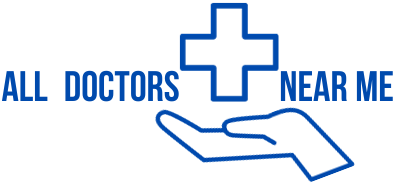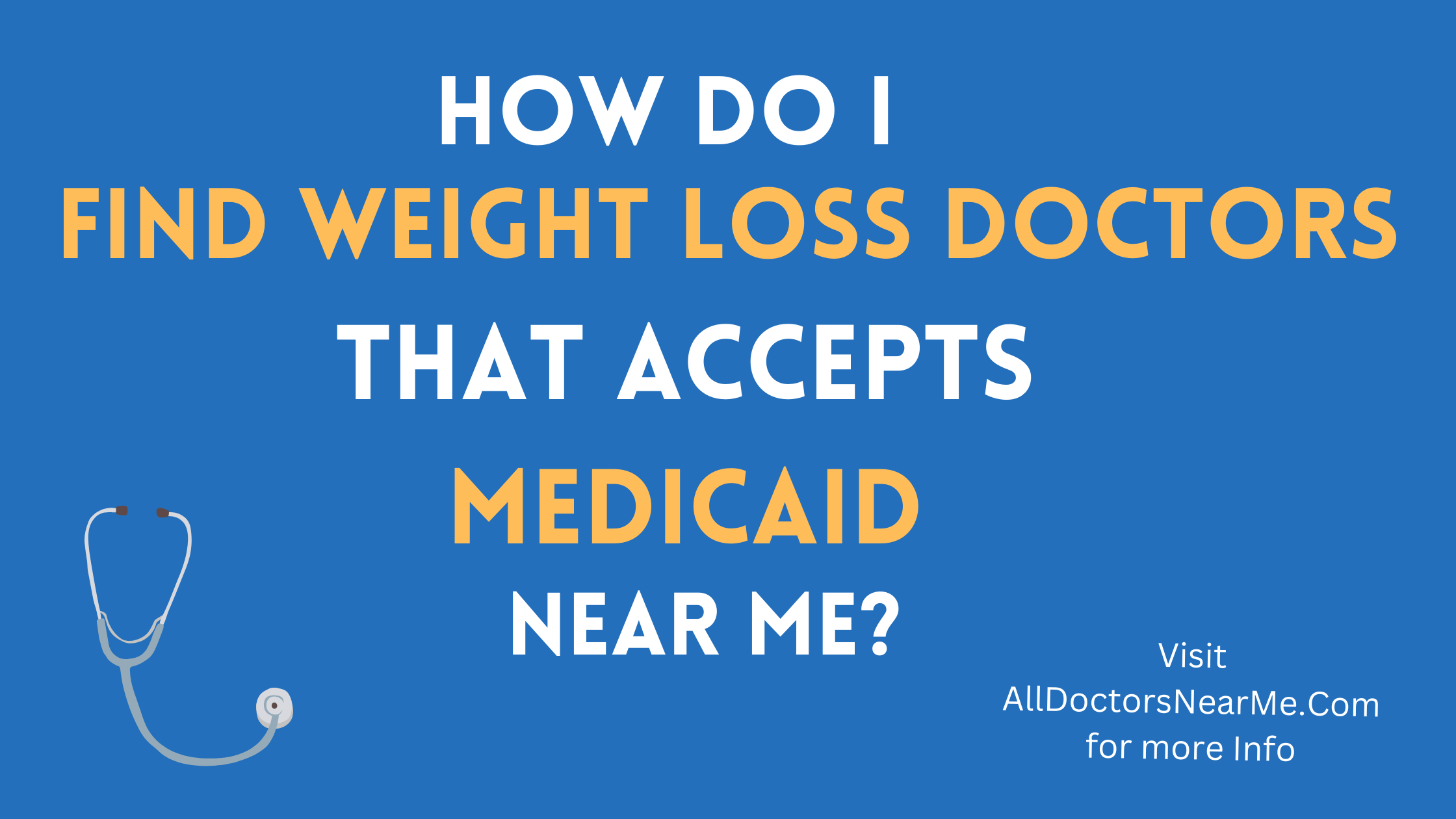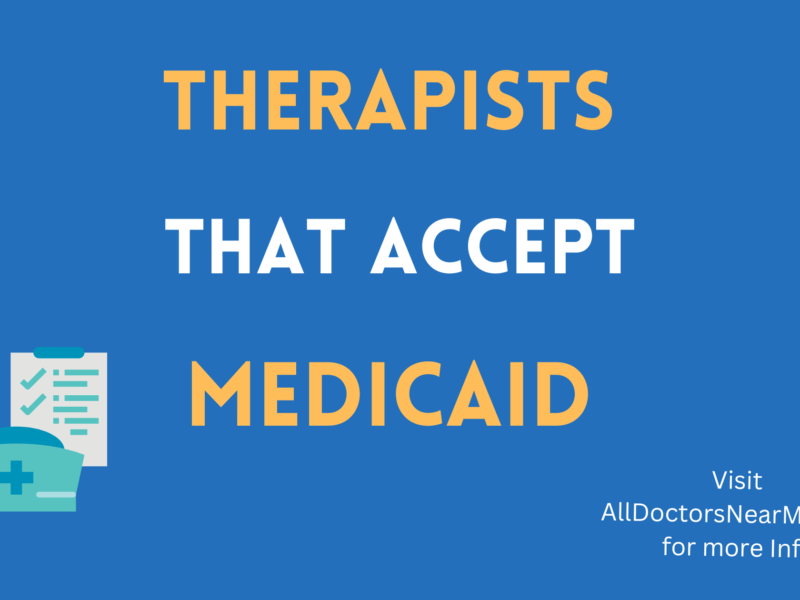Countless American citizens rely on medicaid for their medical coverage. While both social and economic conditions determine eligibility, some baseline requirements apply to everyone.
Assets can be either exempt or countable; therefore, documentation showcasing these assets will be required alongside additional income documentation, including pay stubs and tax returns.
Medicaid, which is available on a federal and state level, provides essential healthcare benefits to people with limited income and resources. While a state is free to decide the details of care they provide subject to federal guidelines, all programs under medicaid must cover some required benefits.
To qualify for the program, meeting the income and resource restrictions minimums set for your state and household size is mandatory. In addition, other Medicaid eligibility rules such as being a US citizen or a legal permanent residence need to be satisfied. These rules are generally the same as the ones used for applying for a passport or driver’s license.
When enrolling for Medicaid in New York State, identity documents alongside an address and proof of Social Security Number must be verified. Applicants may also have to provide stubbed checks or tax documents for income validation. In addition, utility bills or leasing contracts must also be provided as proof of residency.
All financial assets are required to be disclosed. These include primary cash countable assets, such as bank accounts, stocks and mutual funds and non-countable assets like primary home, personal items, and a single auto (even though these will not be used to determine eligibility for Medicaid, their values will not be considered). A $1,500 burial allowance or funeral and burials plan is considered countable assets.
Coverage
Medicaid finances and protects the medical care services of millions of patients in dire of funds, with most of them lacking the means to purchase a health insurance. This coverage is not only funded but also managed by the federal and state governments and is very helpful as there are many categories that have different rules and requirements for eligibility, as such, these services provide great relief to the greatest receiving aid in the society.
The applicants of Medicaid in New York are required to have certain income or asset limits to be eligible, which generally depend on the coverage category, state policies about asset transfers, and the spend down policy. Countable assets include cash, checking and saving bank accounts, stocks, real estate, and non-countable primary residence assets like personal property, one automobile, and some types of retirement accounts.
Medicaid remains the foremost and primary source of health insurance in the United States, particularly for the low income population. It is well known for its all-inclusive healthcare coverage at lower than average cost and with ensured access to services.
The current enrollment in Medicaid stands at more than 77 million, including children, the elderly, people with disabilities, and other low-income families. A large proportion of Medicaid beneficiaries receive services from managed care organizations that have contracts with state governments. This delivery system lowers administrative costs while increasing access to care and removing financial barriers simultaneously. In addition, these managed care plans are designed to enhance flexibility of the provider network while meeting the minimum quality requirements established by each state.
Expenses
Medicaid serves as the primary healthcare option for millions of people throughout the nation. Unlike private health insurance plans, it is funded by the state and federal governments and covers a large share of medical care expenses for those who do not have other coverage options. However, when seeking Medicaid benefits, individuals are responsible in part for certain out-of-pocket expenses which include copayments for physicians office visits that depend on a person’s modified adjusted gross income (MAGI). This number includes payments from employment, self-employment, Social Security benefits, pensions, and interest or dividend payments from investment real estate, but not all income forms will count in determining eligibility.
Most states use these income levels as a basis for setting asset limits which counties and states may impose on an applicant’s modified adjusted income. They can limit cash, bank accounts, investments, and real estate properties, and set look-back periods where you are not allowed to gift away assets in order to remain eligible. In some states, rules are available on the use of trust structures to qualify for these tests, which vary greatly among the different states.
Long-term care services as well as physician payments, in addition to most of their medical needs, come at a significant cost. Most of these expenses are taken care of by Medicare but spending on Medicaid is still considerably higher than the total expenditure for a Private Insurance and Medicare together.
Appeal
If there is any chance that a change in your circumstances may affect your Medicaid eligibility, you have the right to appeal. For that, you will need to submit a fair hearing request alongside supporting documents (i.e. income documents, medical history, etc) so that the state agency can go over your case and appeal it if need be.
Your state Medicaid agency may deal with the appeals themselves or they may outsource the hearings to a different agency. Irrespective of who decides on your appeal it, they need to be devoid of any involvement with the decision who denied coverage and must have served as judges after having been in a neutral position
Determining eligibility for Medicaid is often complex and personal. It involves verifying the applicant’s income which entails calculating the MAGI which includes wages, self-employment earnings, Social Security benefits, pensions, and even certain assets such as savings and investment accounts, with some allowances existing that may assist in qualifying.
Other than assets and houses, additional factors must be considered when applying the tax exemption. For example, in conjunction with the home exemption, it must be owned free and clear of any mortgage or loan encumbrances.


